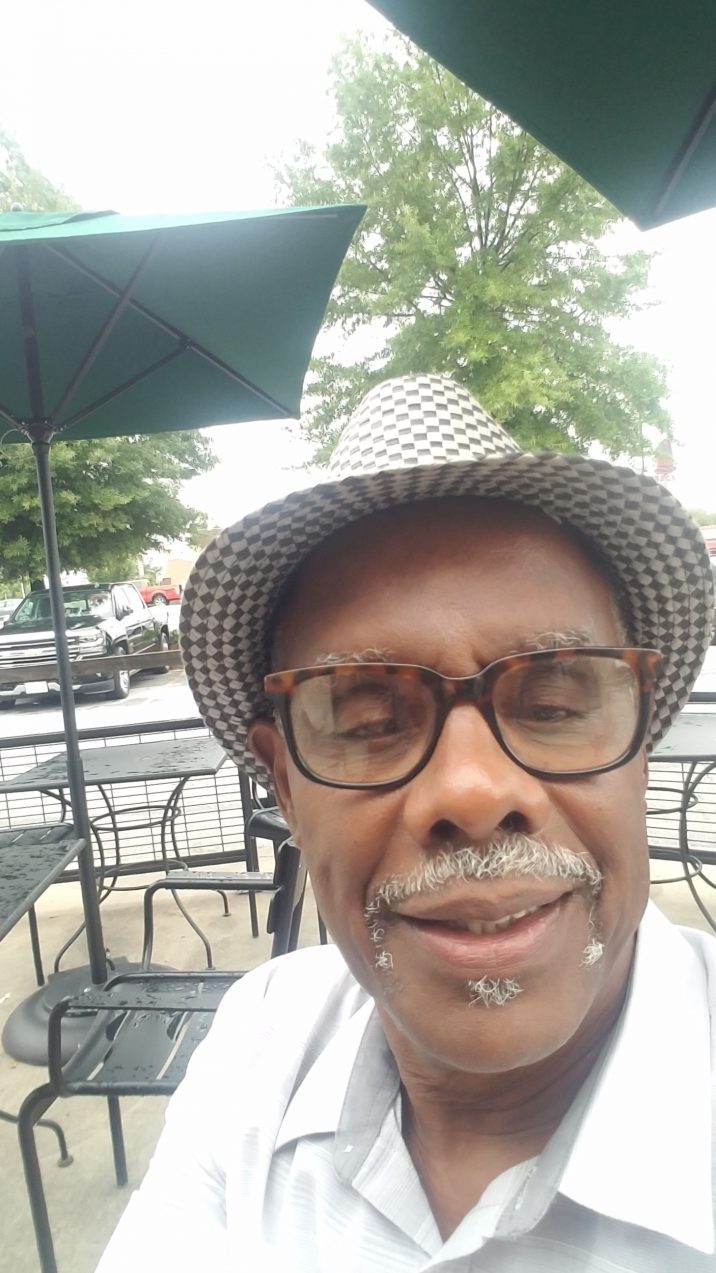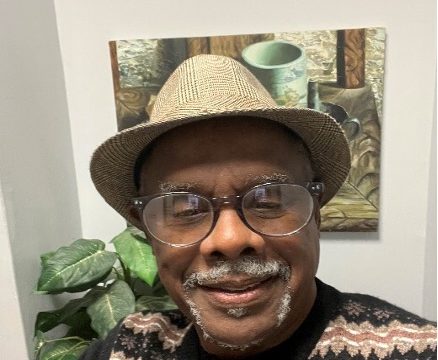

As Thanksgiving Day approaches, some may recall this painting, one of the most well-known ones by Norman Rockwell.
Titled, “Freedom from Want,” this was one of scores of Rockwell’s work that appeared on the cover of The Saturday Evening Post and, later in Look Magazinefor decades.
Now that I lured your “tastebuds” into this piece, hold your appetite until Thanksgivings Day, okay?
Here’s why.
You see, years ago I wrote, “Great White Guys,” a piece that extolled the contributions of white men, primarily men of letters, who made significant contributions to civil and human rights. Among them were John Donne, Henry David Thoreau, Herman Melville, and my favorite, William Faulkner.
Soon after while enroute to Great Barrington, Massachusetts to visit the birthplace of historian and civil rights activist W. E. B. Du Bois, I stumbled across the Norman Rockwell Museum in Stockbridge and discovered that I’d overlooked one of the greatest human rights advocates of all time, Norman Rockwell, a white guy.
Now for someone who grew up in a bucolic small town, Rockwell’s paintings always had a lulling effect on me. But on that day the museum took me to another level of nostalgia.
I was mesmerized when we walked into the lobby, and into the realization, that we were about to see – no, strike that, experience – close to 600 original works by Rockwell. I liken the experience to a “silent auction,” as we moved from painting to painting amid whispers and murmurs of “oh my,” “wow,” “I remember that one.”
But there was one that stopped me in my tracks – “The Problem We All Live With.”

Ruby Bridges with US Marshals in 1960
This painting was considered the image of the Civil Rights movement in the United States and depicts Ruby Bridges, a six-year-old African-American girl, on her way to William Frantz Elementary School, an all-white public school during the New Orleans school desegregation crisis. Because of threats of violence against her, one can see her being escorted by deputy marshals.
On the wall behind her are written “nigger,” the letters “KKK” and a splattered tomato thrown against the wall. When Bridges entered the school, only one person agreed to teach her, Barbara Henry from Boston, and for over a year Henry taught her alone.
“The Problem We All Live With” was so powerful that President Obama requested it for the White House in 2011, effectively illustrating both the progress of, and resistance to, the Civil Rights Movement.
As I stood fixated by this painting, vivid images of James Meredith attempting to integrate the University of Mississippi, Elizabeth Eckford of the “Little Rock Nine” and other women involved in the struggle for civil rights, among them the late Fannie Lou Hamer, Gloria Richardson and Amelia Boynton. (Google any of these people if they’re unfamiliar).
In “Normal Rockwell and Race,” 2016, Washington University’s Abisala Jegede brilliantly explores the painter’s evolving mindset on matters of race in the U.S. and how those thoughts manifested in a number of his later paintings.
According to Jegede, “race, specifically issues of racial discrimination and violence, are not commonly associated with our contemporary understanding of Rockwell as a painter. The evolution of Rockwell’s depictions of race over the course of his career demonstrates not only changes within his own personal ideology, but changes within American culture itself.”
During his time with the Saturday Evening Post, wrote Jegede, Rockwell became famous for his sentimental portraits of American life, and his covers depicted a simpler, more wholesome version of America. Due to the rules of the Post, Rockwell’s America was almost exclusively white.
According to history, Rockwell ended his contract with the Post due to frustration with the limits the magazine placed on his expression of political themes, and Look offered him a forum for his social interests, including civil rights and racial integration.
At Look, wrote Jegeda, “he explored similar themes in Southern Justice (Murder in Mississippi) and New Kids in the Neighborhood. Like New Kids in the Neighborhood, The Problem We All Live With depicts a black child protagonist and uses strong light-dark contrasts to further its racial theme. “
Look continued to encourage Rockwell’s exploration of racial issues, and over the next four years, Rockwell produced two more illustrations that tackled racial tension and violence.

Southern Justice
“Southern Justice,” (above) published in 1965, was in response to the murder of three civil rights workers in Mississippi a year prior and is one of Rockwell’s most striking pieces.
Because Rockwell died in 1978, we can only venture to guess about the depictions of his work in the area of civil rights – progress and setbacks – had he been with us today.
But we have a hunch, don’t we?
© Terry Howard is an award-winning writer and storyteller, a contributing writer with the Chattanooga News Chronicle, The Douglas County Sentinel, The BlackMarket.com, co-founder of the “26 Tiny Paint Brushes” writers’ guild, and recipient of the Dr. Martin Luther King Leadership Award.


